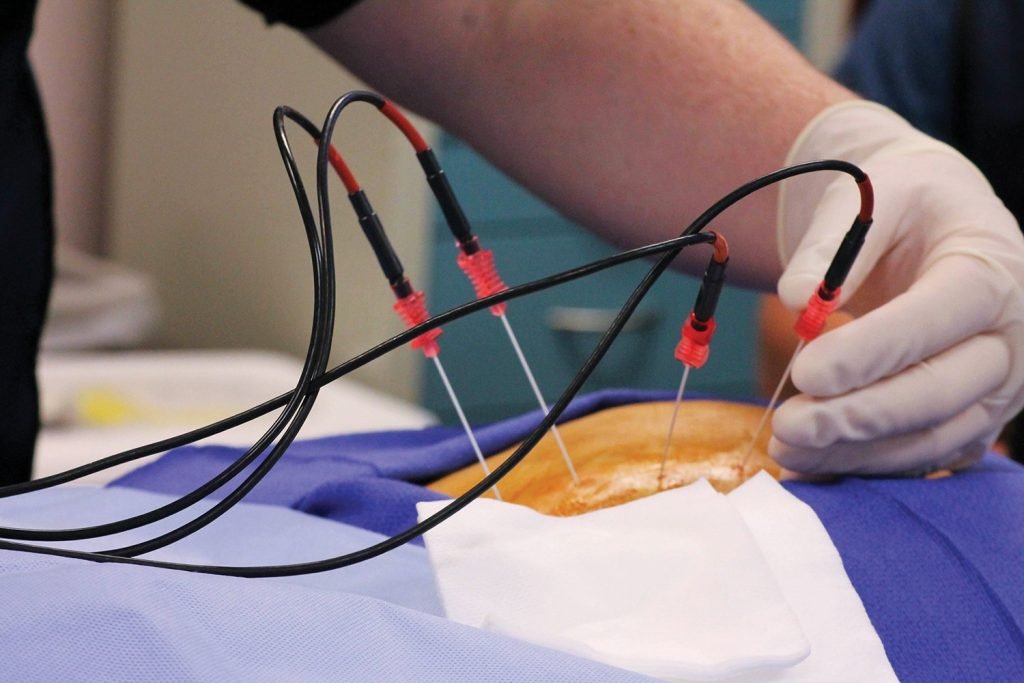Athena Skin Hair & Dental Clinic
Radiofrequency Ablation

What is Radiofrequency Ablation
Symptoms Indicating the Need for RFA
Patients may require RFA if they experience:
Chronic pain in the back, neck, or joints that does not respond to conservative treatments
Severe arthritis-related pain
Pain caused by nerve disorders such as trigeminal neuralgia
Tumors or abnormal tissue growths in organs like the liver, kidney, or lung
Irregular heart rhythms (arrhythmias)
Causes Leading to Radiofrequency Ablation
RFA is used to treat conditions caused by:
Nerve Disorders: Overactive pain nerves leading to chronic pain
Osteoarthritis & Joint Degeneration: Damaged joints sending continuous pain signals
Tumors & Cancerous Growths: Abnormal cell growth requiring targeted removal
Heart Conditions: Irregular electrical signals in the heart causing arrhythmias
Chronic Venous Insufficiency: Poor blood circulation leading to varicose veins
Radiofrequency Ablation Procedure
Pre-Procedure Preparation
The doctor will conduct imaging tests such as MRI, CT scan, or ultrasound to pinpoint the affected area.
Patients may be asked to stop certain medications before the procedure.
Fasting may be required a few hours before the procedure, depending on the treatment area.
During the Procedure
The patient is given local anesthesia or mild sedation to minimize discomfort.
A thin needle or catheter is inserted into the targeted area using imaging guidance.
Radiofrequency energy is applied through the needle to generate controlled heat, destroying nerve endings or abnormal tissue.
The procedure typically takes 30 to 90 minutes, depending on the area being treated.
Post-Procedure Care
Patients are monitored for a short period before being discharged.
Mild swelling, bruising, or discomfort at the site is normal.
The doctor may prescribe pain relievers or recommend ice packs to ease discomfort.
Physical activity should be limited for a few days to allow healing.
Recovery and Expected Results
Most patients experience pain relief within 1-3 weeks.
Full recovery may take a few days to a few weeks, depending on the condition treated.
Pain relief from RFA can last from several months to years.
Regular follow-ups ensure optimal results and monitor any recurrence.
Prevention & Alternative Treatment Options
While RFA effectively manages pain and treats certain conditions, some preventive measures can reduce the need for it:
Maintain a Healthy Lifestyle: Regular exercise, a balanced diet, and weight management can prevent joint degeneration and cardiovascular issues.
Posture & Ergonomics: Proper body mechanics can help prevent chronic pain conditions.
Medications & Physical Therapy: Early intervention with pain management techniques may delay or prevent the need for RFA.
Minimally Invasive Treatments: Other techniques like nerve blocks, acupuncture, and laser therapy can also be considered before opting for RFA.
Risks and Complications
Although RFA is considered safe, potential risks include:
Temporary pain or discomfort at the treatment site
Infection (rare)
Nerve damage (rare but possible)
Skin burns in very rare cases
